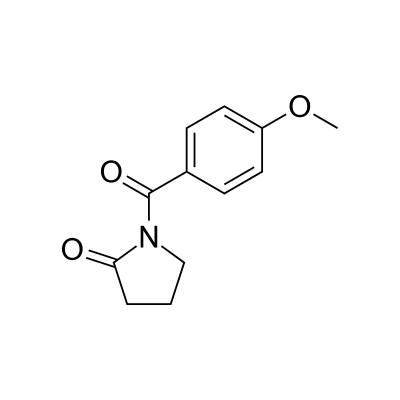===INTRO: An Overview of Aniracetam ===
Aniracetam is a nootropic compound that is widely used for cognitive enhancement. It is part of the racetam family of compounds and is known for its ability to improve memory, focus, and mood. Aniracetam was first developed in the 1970s in Belgium and has since gained popularity among students and professionals looking to boost their cognitive abilities.
<h2>How Aniracetam Works</h2>
Aniracetam works by increasing the release of acetylcholine in the brain, which is a neurotransmitter that is essential for learning and memory. It also enhances the activity of AMPA receptors, which are involved in synaptic plasticity and the formation of new memories. Aniracetam has also been shown to have a modulatory effect on the dopamine and serotonin systems, which may contribute to its mood-enhancing effects.
Aniracetam is rapidly absorbed in the bloodstream and can cross the blood-brain barrier. It has a short half-life of 1-2 hours, which means that its effects are relatively short-lived. However, it can have long-lasting effects on synaptic plasticity and the formation of new memories.
<h2>Section 2: Benefits of Aniracetam </h2>
Aniracetam has been shown to have several cognitive benefits, including improved memory, learning, and attention. It can also enhance mood and reduce anxiety and depression symptoms. Additionally, Aniracetam has neuroprotective properties and may have potential therapeutic uses for certain neurological conditions.
Studies have found that Aniracetam can improve memory and learning in both animals and humans. It has also been shown to enhance attention and focus, making it a popular choice among students and professionals. Aniracetam’s mood-enhancing effects are thought to be due to its effects on the dopamine and serotonin systems.
Aniracetam’s neuroprotective properties have also been studied, and it has shown potential therapeutic uses for certain neurological conditions such as Alzheimer’s disease, stroke, and traumatic brain injury.
<h2>Section 3: Dosage and Side Effects of Aniracetam</h2>
The recommended dosage of Aniracetam is between 750-1500 mg per day, divided into two or three doses. It is generally well-tolerated, with few reported side effects. However, some individuals may experience mild side effects such as headache, nausea, and insomnia. These side effects are typically mild and transient and can be minimized by taking Aniracetam with food.
Aniracetam has been studied extensively in animals and humans, and its safety profile is well-established. It is considered a safe and effective nootropic compound, with few reported adverse effects. However, as with any supplement, it is important to consult with a healthcare professional before taking Aniracetam, especially if you have any underlying medical conditions or are taking medication.
===OUTRO: Final Thoughts on Aniracetam ===
Aniracetam is a nootropic compound that has shown promising cognitive benefits, including improved memory, attention, and mood. It is well-tolerated and considered safe, with few reported side effects. While more research is needed to fully understand its therapeutic potential, Aniracetam remains a popular choice among individuals looking to enhance their cognitive abilities.
